Search Results
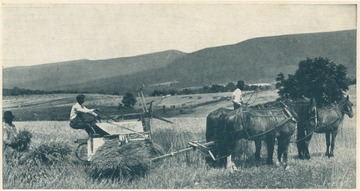
- IDNO:
- 044877
- Title:
- Shenandoah Valley Harvest Scene
- Date:
- 1924
- Description:
- Postcard reads, "The above is a typical harvest scene in the highly productive Valley of Virginia. In the foreground, fertile, undulating fields; in the background, a graceful, forested mountain ridge. George Washington called the Shenandoah Valley the "Garden of America". When in 1861, the Confederate government placed Gen. J. E. Johnston in command in the Lower Valley, he said that section alone would feed an army of 40,000 men. And in this calculation only three counties were considered. Little wonder that the Shenandoah Valley was known as the "Granary of the Confederacy." Published by Shenandoah Publishing House. (From postcard collection legacy system--Non-WV.)
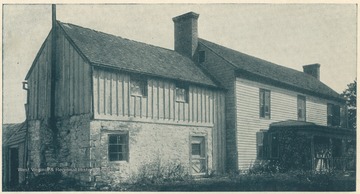
- IDNO:
- 044878
- Title:
- Fort Lewis, Near Staunton, Va.
- Date:
- ca. 1927
- Description:
- Postcard reads, "The stone section of this ancient house, two miles east of Staunton, is doubtless the oldest structure in Augusta County. Here lived Col. John Lewis, pioneer settler, who came with some thirty Scotch-Irish about the year 1732, when Augusta was a no-man's land. Lewis, a fine type of frontiersman and one of the first magistrates of Augusta, died in 1762 at the age of eighty-four, his grave being near the house above. His five sons were conspicuous men of their times; Thomas laid out Staunton in 1750, while Andrew was the victor at Point Pleasant and a general in the Revolutionary War." Published by Shenandoah Publishing House. See original for correspondence. (From postcard collection legacy system--Non-WV.)
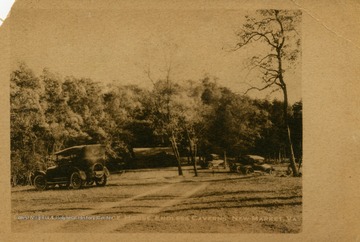
- IDNO:
- 044886
- Title:
- Cave Hill and Entrance House, Endless Caverns, New Market, Va.
- Description:
- Published by The Photograph Company. (From postcard collection legacy system--Non-WV).
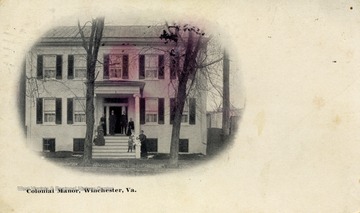
- IDNO:
- 044888
- Title:
- People Stand on Front Steps of Colonial Manor, Winchester, Va.
- Date:
- ca. 1911
- Description:
- See original for correspondence. (From postcard collection legacy system--Non-WV.)
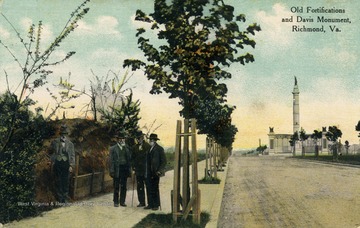
- IDNO:
- 044889
- Title:
- Old Fortifications and Davis Monument, Richmond, Va.
- Date:
- ca. 1910
- Description:
- Published by Southern Bargain House. (From postcard collection legacy system--Non-WV.)
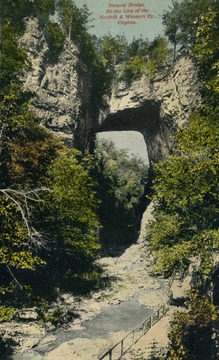
- IDNO:
- 044890
- Title:
- Natural Bridge on the Line of Norfolk and Western Railroad, Va.
- Date:
- ca. 1915
- Description:
- See original for correspondence. (From postcard collection legacy system--Non-WV.)
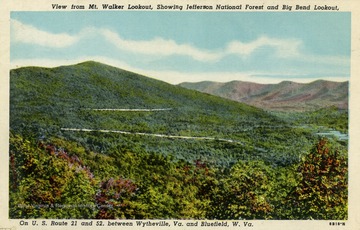
- IDNO:
- 044891
- Title:
- View From Mt. Walker Lookout, Showing Jefferson National Forest and Big Bend Lookout, Between Wytheville, Va. and Bluefield, W. Va.
- Description:
- On U.S. Route 21 and 52. Caption on back of postcard reads: "Big Walker Mountain is one of the highest ridges in south-west West Virginia. These mountains abound in rare wild flowers including Azaleas, Rhododendron and Laurel and the rare Sourwood Tree, the blossoms of which yield the world's finest honey." Published by Genuine Curteich. (From postcard collection legacy system--Non-WV.)
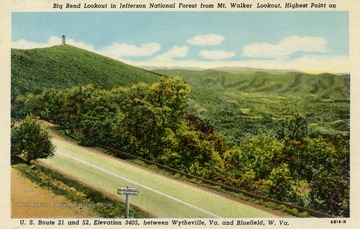
- IDNO:
- 044892
- Title:
- Big Bend Lookout in Jefferson National Forest From Mt. Walker Lookout, Between Wytheville, Va. and Bluefield, W. Va.
- Description:
- Highest point on U.S. Route 21 and 52, elevation 3,405 feet. Caption on back of postcard reads: "Over this pass at Mt. Walker Lookout, Union Cavalry under Colonel John T. Toland raided to Wytheville to destroy the Virginia and Tennessee Railway (N. & W.) July 1863. Mary Tynes, a girl of the neighborhood, rode ahead to warn the people. When the raiders reached Wytheville they were repulsed by home guards and Toland was killed." Published by Genuine Curteich. (From postcard collection legacy system--Non-WV.)
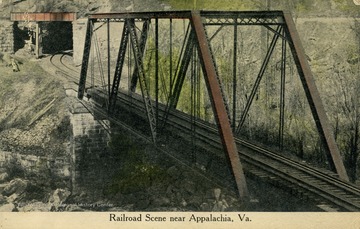
- IDNO:
- 044893
- Title:
- Railroad Bridge and Tunnel, Near Appalachia, Va.
- Description:
- Published by E.C. Kropp Company. (From postcard collection legacy system--Non-WV.)
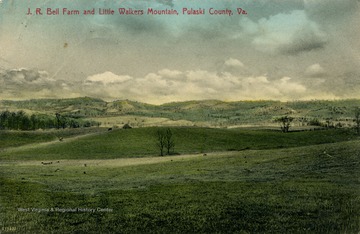
- IDNO:
- 044894
- Title:
- J.R. Bell Farm and Little Walkers Mountain, Pulaski County, Va.
- Description:
- See original for correspondence. Published by Steger-Smith Postcard Company. (From postcard collection legacy system--Non-WV.)
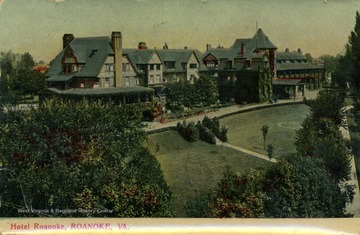
- IDNO:
- 044895
- Title:
- Hotel Roanoke, Roanoke, Va.
- Date:
- ca. 1910
- Description:
- See original for correspondence. Published by E.J. Schwabe Publishing Company. (From postcard collection legacy system--Non-WV.)
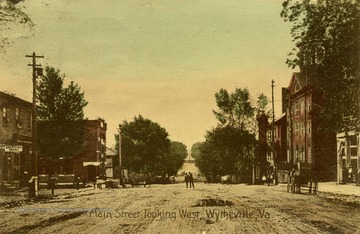
- IDNO:
- 044896
- Title:
- Main Street, Looking West, Wytheville, Va.
- Date:
- ca. 1909
- Description:
- See original for correspondence. Published by A.M. Simon. (From postcard collection legacy system--Non-WV.)